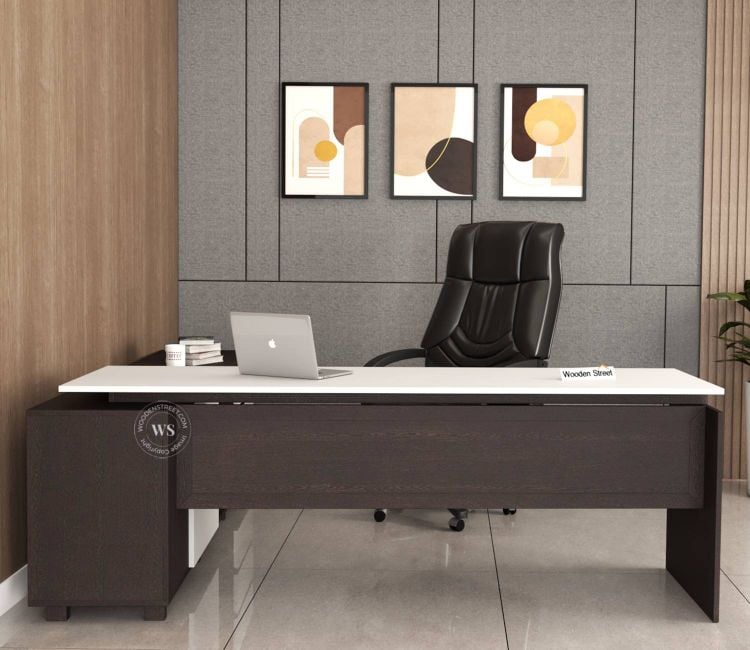The office table, once a simple slab of wood, has undergone a remarkable transformation over the decades, evolving into a cornerstone of modern workplace design. No longer just a surface to hold papers and pens, today’s office tables are a seamless blend of functionality, ergonomics, and cutting-edge aesthetics. This evolution reflects broader shifts in workplace culture, technological advancements, and a growing emphasis on employee well-being and productivity.
In the early 20th century, office table for home were utilitarian, often heavy and made of solid wood or steel. These sturdy pieces were built to last, prioritizing durability over comfort or style. Desks were designed for a singular purpose: to support typewriters, ledgers, and stacks of paperwork in rigid, hierarchical office environments. Aesthetics were an afterthought, with function reigning supreme in the monotonous rows of desks in early corporate offices.
The mid-20th century brought subtle changes as open-plan offices emerged. With them came modular furniture, including office tables that could be rearranged to suit collaborative work. Particleboard and laminates replaced heavy hardwoods, making tables lighter and more affordable. However, these designs still leaned heavily on practicality, with little attention to visual appeal. The iconic steel tanker desks of the 1960s, for instance, were robust and spacious but lacked the sophistication we associate with modern office furniture.
The digital revolution of the late 20th century marked a turning point. As computers became office staples, tables had to adapt. Cable management systems, keyboard trays, and monitor stands became essential features, transforming desks into tech-friendly workstations. This era also saw the rise of ergonomic awareness, with adjustable-height tables gaining popularity to combat the health risks of prolonged sitting. Suddenly, office tables weren’t just about holding equipment—they were about supporting the people using them.
Today, the office table is a masterpiece of form and function. Modern designs prioritize both employee well-being and workplace aesthetics. Standing desks, for example, have become a staple in progressive offices, allowing users to alternate between sitting and standing to reduce fatigue and improve focus. Materials like tempered glass, reclaimed wood, and sleek metals elevate the visual appeal, turning tables into statement pieces that reflect a company’s brand and culture. Minimalist designs with clean lines dominate, creating clutter-free workspaces that inspire creativity and efficiency.
Sustainability has also shaped the evolution of office tables. Eco-conscious companies now opt for tables made from recycled or sustainably sourced materials. Bamboo, for instance, is a popular choice for its durability and rapid renewability. Meanwhile, modular designs allow for easy reconfiguration, adapting to the dynamic needs of hybrid work environments where flexibility is key. These tables often feature integrated power outlets, USB ports, and even wireless charging pads, seamlessly blending technology with design.
Aesthetics play a pivotal role in this new era. Office tables are no longer confined to drab grays and browns. Bold colors, unique textures, and customizable finishes allow businesses to create cohesive, visually stunning workspaces. Scandinavian-inspired designs with light woods and soft curves coexist with industrial-style tables featuring raw metal and concrete. These choices reflect a broader trend toward creating offices that feel less like sterile cubicles and more like inviting, creative hubs.
The evolution of office tables mirrors the changing nature of work itself. As remote and hybrid models redefine the workplace, tables are designed to support collaboration, adaptability, and individuality. From hot-desking setups to executive boardroom tables, the modern office table is a testament to how far we’ve come from the clunky desks of the past. By blending functionality with cutting-edge aesthetics, today’s office tables don’t just furnish a space—they elevate it, fostering environments where innovation and productivity thrive.





Comments